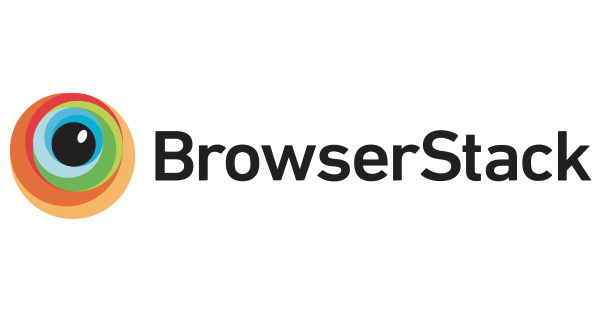Material Designt UI components for Angular 2 +
There are other adaptations of Material Design Lite and other UI frameworks like the official Material Design 2, but this library has the following advantages:
- 100% Free forever.
- Light
- Fast
- Easy and fun to use
- True library of componentes encapsulating typescipt code, CSS and HTML as atomic units
- Easy and quick form validation
- Great performance on mobile UI interfaces.
- Responsive content adaptable to desktop and mobile
- Components available also as Angular Modules allowing Code-Splitting or Lazy-loading. This implies loading only the components needed at runtime
- Ready for Ahead of Time Compilation (AOT)
- Tested in main desktop/mobile browsers: Chrome (Android, IOS, desktop), FF, Edge, IE, Opera, etc.
- No dependencies of other libraries like JQuery or Bootstrap.
The main goal was to achieve minimalism and great performance, not to encompass all posible kind of options or UI components (this is the philosophy of Material Design Light too). You can always add other components from other sources.
If you find this project useful and are going to use it, please give a star in the repo and credits in your work to the author and to Material Design Lite from Google
Terms of use under MIT license.
Yago López:
- Website: https://yagolopez.github.io
- Email: yago.lopez ([at]) gmail.com
- This project is meant to be used with the angular-cli although not mandatory.
- Until it will be available as an NPM package, clone or download the repository.
- Copy the
mlfolder (where the components are) into your project - Copy and paste the contents of the
assetsfolder into the exact same path in your angular-cli project - Use the components following the examples in the
pagesdirectory. The components usemlas namespace. For example:<ml-icon>email</ml-icon>places an email icon component in a template. - There are two ways of using the library:
- As components. For example, import
MlButtonandMlIconin your component and put<ml-button>and<ml-icon>in your template. - As modules: You would need to import the modules
MlButtonModandMlIconModinto your own module. The use of modules is indicated for lazy-loading.
- As components. For example, import
- This library works with AOT

- Angular 2+
- Angular Command Line (angular-cli)
- Typescript
- Webpack for production builds
- SystemJS as module loader during development time
- Node/Npm latest versions
- This project is based on Material Design Lite from Google. It is an adaptation of Javascript MDL components to Angular Typscript components with the permission of the MDL team.
- Material Design is a Google's registered trade mark probably.
- This is an open-source project without commercial or profit intentions.
- Tested on Angular version 2.4.7.
